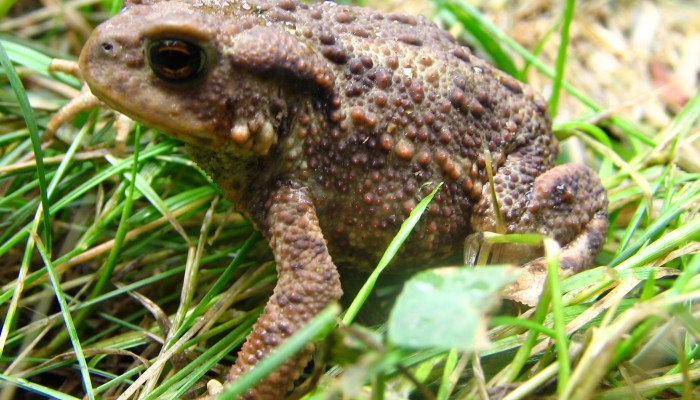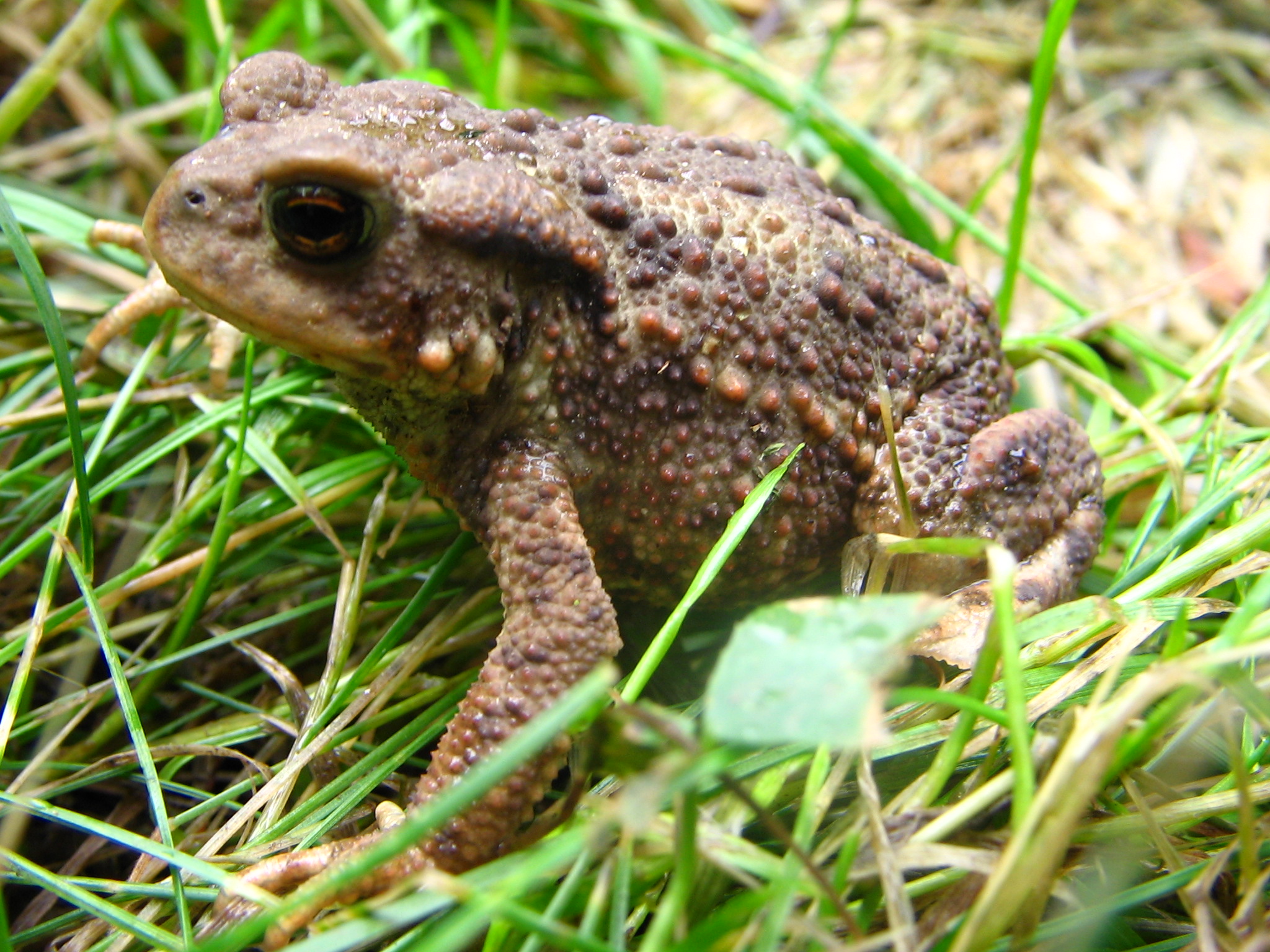
Probably every seismologist has been asked the question “Can you predict earthquakes?”, or “Is it true that animals can sense an imminent earthquake?”. Despite the crushing answers from some trying to explain that not all seismologist work on earthquake predictions and that there is far more other areas of specialisation, the truth is that researchers are still trying to answer both questions.

Bufo Bufo toad
Changes in the environment and animal behaviour have long been considered as earthquake precursors, but a consistent, recurring scientific process has, so far, been harder to establish. Historically there have been too few cases of successful predictions. The 1975 Haicheng earthquake is a perfect example of mass evacuations ordered by political leaders a day before the magnitude 7.3 earthquake took place.
A 2011 paper published by the International Journal of Environmental Research and Public Health provides an interesting study on the possible effects on animals due to the chemistry changes of ground water before a major earthquake. The authors conclude that the electronic chargers generated from the tectonic stresses build up in the Earth’s crust cause chemical ionization at the rock surface, which then cause irritant compounds to certain species of animals. Bufo bufo toads were observed to exhibit a highly unusual behavior prior to a M6.3 earthquake that hit L’Aquila, Italy, on April 06, 2009: a few days before the seismic event the toads suddenly disappeared from their breeding site in a small lake about 75 km from the epicenter and did not return until after the aftershock series. In this paper we discuss potential changes in groundwater chemistry prior to seismic events and their possible effects on animals.
Here is the full PDF of the article:
http://www.mdpi.com/1660-4601/8/6/1936/pdf
